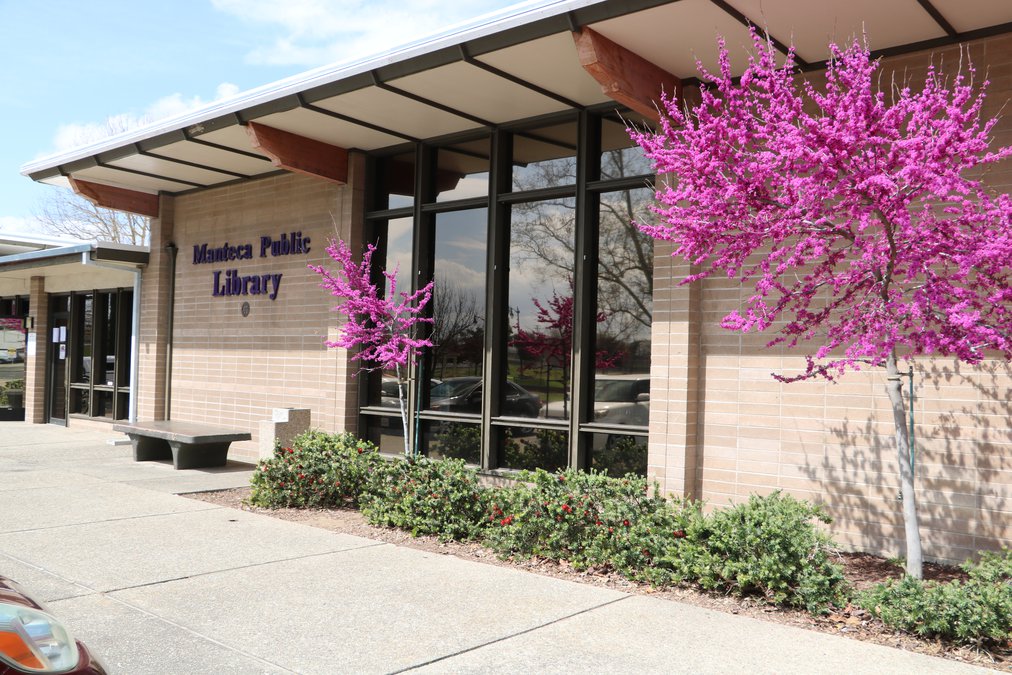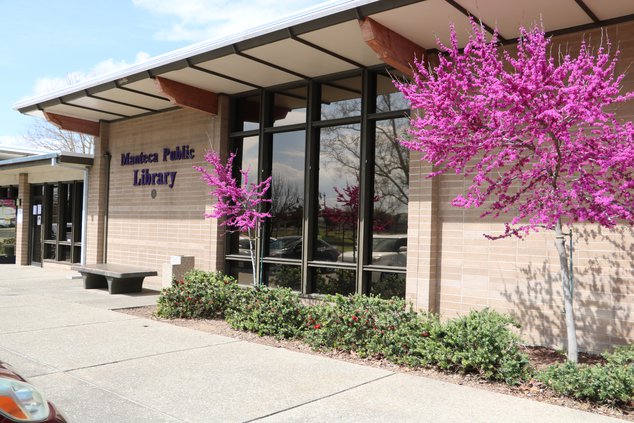The future of community wants and wishes — such as the long promised new library — could be decided Tuesday.
That’s when the council during a special meeting at 5:30 p.m. ahead of their regular 7 p.m. meeting at city hall will discuss what projects they want included in a nexus necessary to update the government facilities fee charged to growth. By law and court rulings, new growth can only be charged proportionately to the need they create for expanded or replacement facilities.
The majority of the current council has made it clear they want new city hall facilities and a new police station. And while no one has been against the need for a library, it hasn’t been on the city’s radar for a long time.
Why that is important is the council is being asked what facilities they want in an updated nexus being conducted by Harris & Associates. The nexus determines the square footage needed and the cost in current dollars for facilities the council wants included. They then take the projected population those facilities would serve and determine growth’s share and the portion that falls on the back of existing residents. When the last nexus was done, the city could justify new growth being charged for just over 60 percent of the cost. That was based on a city of 147,000 at build-out with a population in 2006 of 62,000.
Manteca has added 23,000 residents since then.
At the same time the general inflation rate that tends to be lower than construction inflation has gone up 28 percent. That means the $109.2 million overall cost of the facilities listed in 2006 new costs at least $140 million today. There is less homes left to get Manteca to 147,000 residents to assess adjusted charges against.
The council could opt to trim the list by dropping some previously identified projects such as a performing arts center. They could also add additional projects to the list.
Although it is not expected to stop the council from eventually increasing the growth fee, such fees on new housing have been targeted by Sacramento as the leading culprit in reducing affordable housing inventory. It is why some members of the legislature have floated proposals to prevent cities from increasing growth fees for the next eight to 10 years. While such legislation has yet to gain traction, it looms as a pothole at the very least as Manteca tries to provide facilities to meet the demand growth generates.
Fee was last adjusted
in 2006 after going
20 years without a raise
Manteca in 2006 re-adjusted the fee assessed on new growth for government facilities after determining the $350 fee that had been in place since June of 1986 was woefully inadequate.
The $4,775 fee charged to a typical tract home was supposed to help fund growth’s share of the $109.2 million tab in 2006 dollars for a new city hall, police station, police shooting range, animal control facility, library, performing arts center and land acquisition, parks and public works corporation yard, additional maintenance yards, and a public satellite corporation yard to support an eventual city population of 147,000.
Fourteen years later, the only facilities that have been built is an animal shelter that replaced a 50-year-old facility on Wetmore Street that was converted into the solid waste division office, a new vehicle maintenance facility that replaced a 1920s era horse barn used by the South San Joaquin Irrigation District that had been converted for city use, and several smaller public works endeavors.
The city took a stab at building a $33 million library complex but dropped the effort after failing to secure state library bond money to help build the envision 2-story replacement for the city library. The current library was built in 1961. When it was expanded in 1977 to its current configuration city officials predicted it would be adequate for the city through 1995 when the population was projected to reach 32,000. Manteca’s actual population in 1995 was 45,060 residents. Manteca now has 85,000 residents.
The city also twice worked on plans for new city hall facilities but both went nowhere when the 2008 housing crisis hit that led to the Great Recession prompting the plug to be pulled on the second effort.
The bid for a new police station led to the city to use $3.5 million to buy the Qualex building at 555 Industrial Drive and spend another $1.5 million in initial retrofit and repairs to convert it into new headquarters for the police before dropping it. Not only did the city lose $5 million when the state dissolved redevelopment agencies and ordered surplus RDA property such as the Qualex building to be sold, but now the current council is looking for the city to buy it again for what could be $1.5 million based on the last appraisal and spending additional funds to convert it into a homeless navigation center, drop-in homeless shelter or both.
To contact Dennis Wyatt, email dwyatt@mantecabulletin.com





